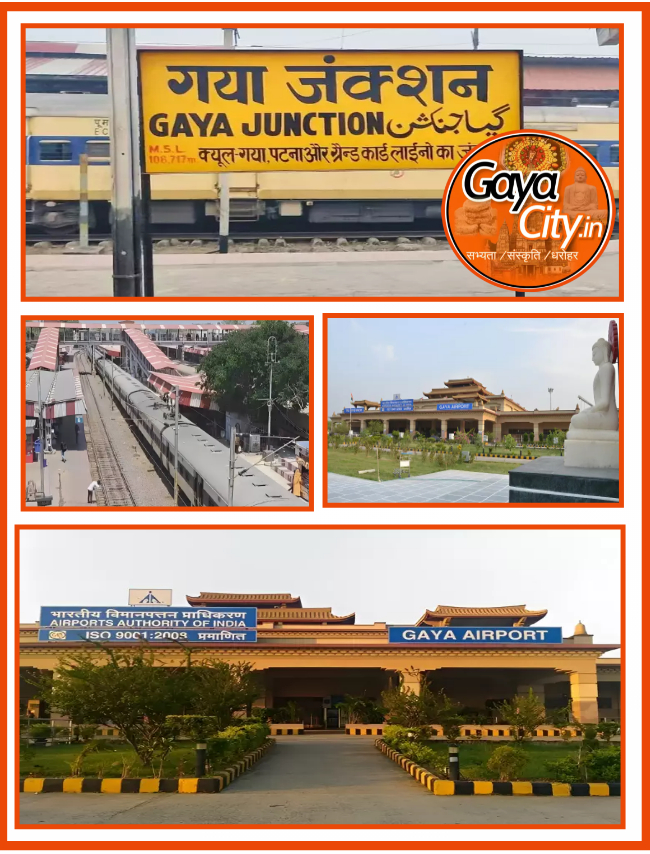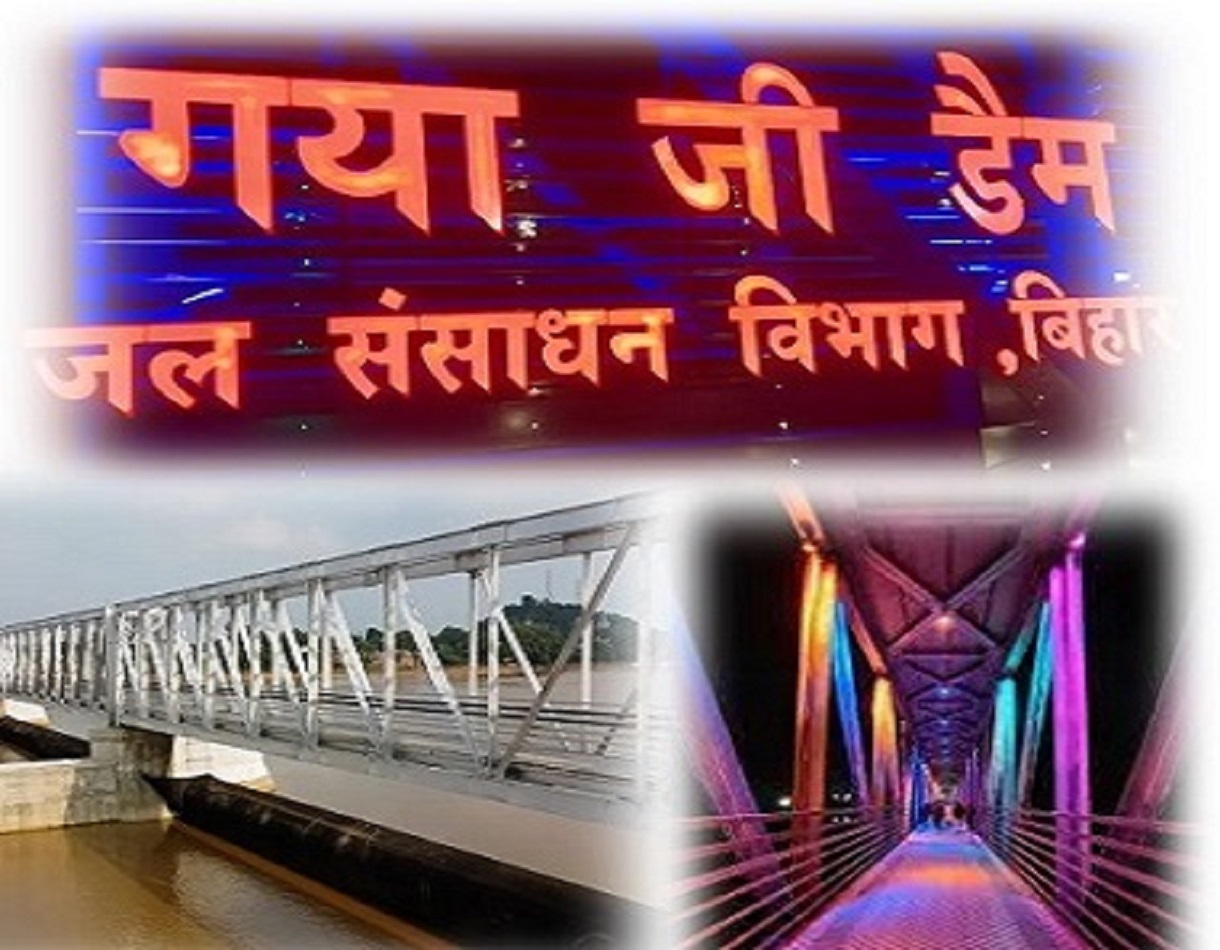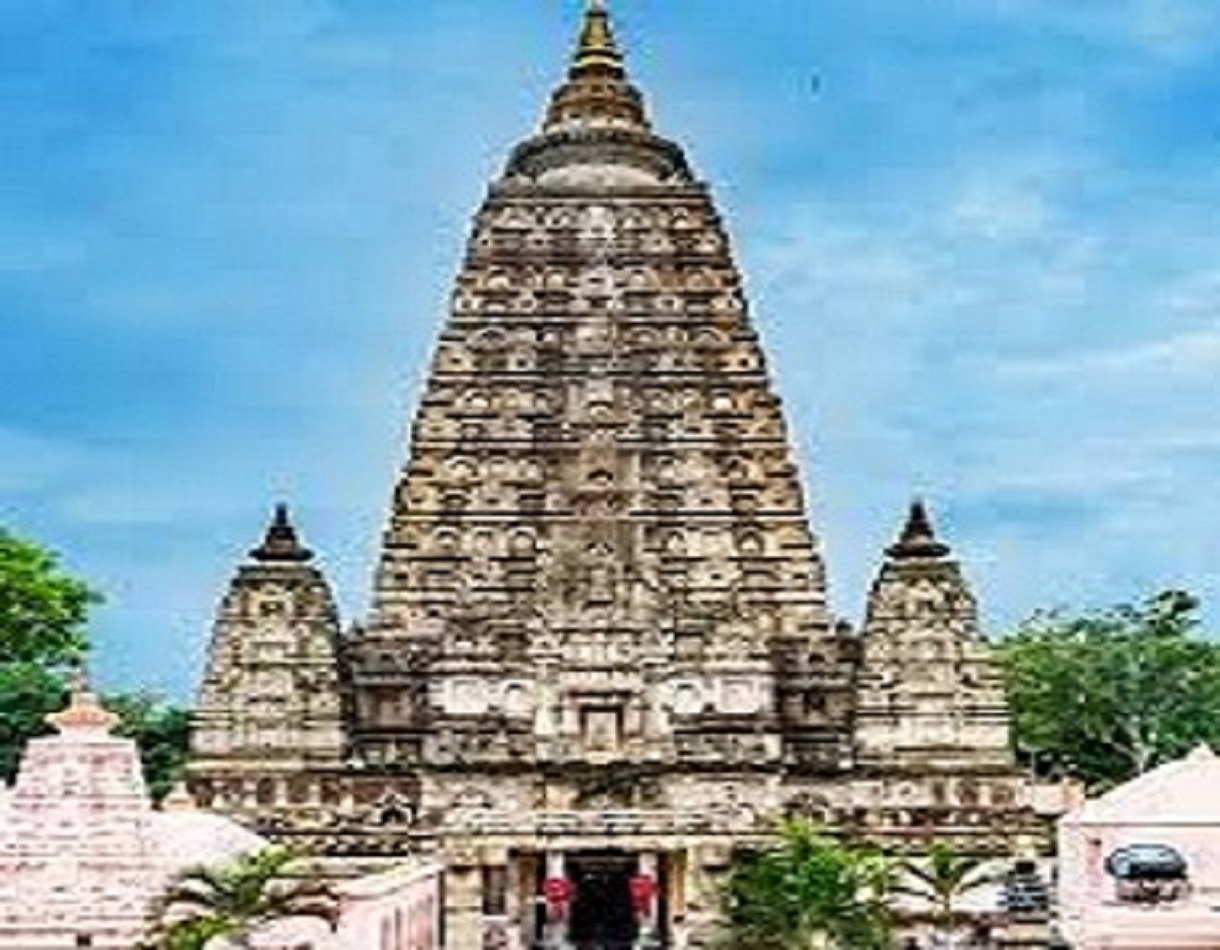Some Facts About Gaya
 population
population Literacy
Literacy Dams
Dams Area
Area Block
Block village
village Municipality
MunicipalityThe Story Of Gaya
In ancient times,There Lived A Powerful Demon named Gayasura, who was a great devotee of Lord Vishnu. He had worried the Gods with his penance. On his prayer, Lord Vishnu and all the other Gods came to Gayasur to break his penance and asked for a boon. Gayasur asked for the boon of becoming more sacred than the Gods and Goddesses.As soon as the boon was received, the situation became such that even grave sinners started going to heaven just by seeing or touching it. Seeing this Dharamraj also became worried.To deal with this problem, the Gods deceitfully asked for the entire body of Gayasur in the name of a yagya. To give his body, Gayasur lay down with his feet towards the north and his face towards the south. It is believed that his body was spread over five kos, hence the land of that five kos was named Gaya. Due to the virtuous influence of Gayasur, that place became established as a pilgrimage site. Gaya earlier had 360 altars with various names but now only 48 of them remain.Generally, it is considered necessary to perform Pind Daan on these altars, at Vishnupad temple and at Akshayavat on the banks of river Falgu. Apart from this, Naukut, Brahyoni, Vaitarani, Mangalagauri, Sitakund, Ramkund, Nagkund, Pandushila, Ramshila, Pretshila and Kagbali etc. are also the main places of Pind Daan.
Th History Of Gaya
Gaya has experienced the rise and fall of many dynasties in the Magadha region. Gaya has had an important place in the cultural history of the region, spanning approximately 2300–2400 years, from the 6th century BC to the 18th century AD.Emperor Bimbisara, who lived and ruled in 519 BCE, introduced Gaya to the outside world. Having achieved an important place in the history of civilization, this region experienced the bliss of Gautam Buddha and Lord Mahavira during the reign of Bimbisara. After a short period of the Nanda dynasty, Gaya and the entire Magadha region came under the rule of Ashoka (272 BC – 232 BC).With the adoption of Buddhism it came under Maurya rule. He visited Gaya and built the first temple at Bodhgaya to commemorate the attainment of supreme enlightenment of Prince Gautama.As a result of the British victory in the Battle of Buxar in the year 1764, the civil and revenue rights of Bihar went into the hands of the British Company. In 1947, Gaya also got independence along with other provinces of the country. Till 1864, Gaya remained a part of the then Behar and Ramgarh districts. Gaya was recognized as a full district in 1865. Last year in 1976, Gaya district was divided and two new districts – Aurangabad and Nawada were created.Later, in May 1981, Magadh Division was created by the Bihar State Government by including four districts of Gaya, Nawada, Aurangabad and Jehanabad. It may be noted that all these districts used to be sub-divisions before the formation of Gaya district in the year 1865.
How To Reach here
Gaya International Airport
Gaya International Airport gives both domestic as well as International Flight Services.Daily Flights to all metros is going on.

Gaya Railway Station
Gaya Railway Junction is well connected to all parts of India and you can easily Come here from any city of India by railways.

Gaya Bus Stand
Gaya Bus stand is well connected to all parts of Bihar and you can easily Come here from any city of Bihar or India by roadways.







